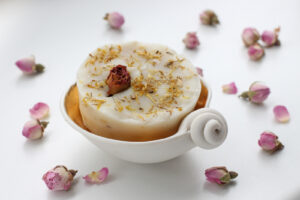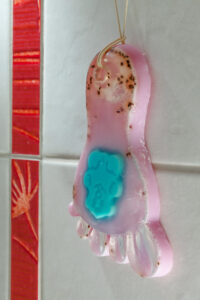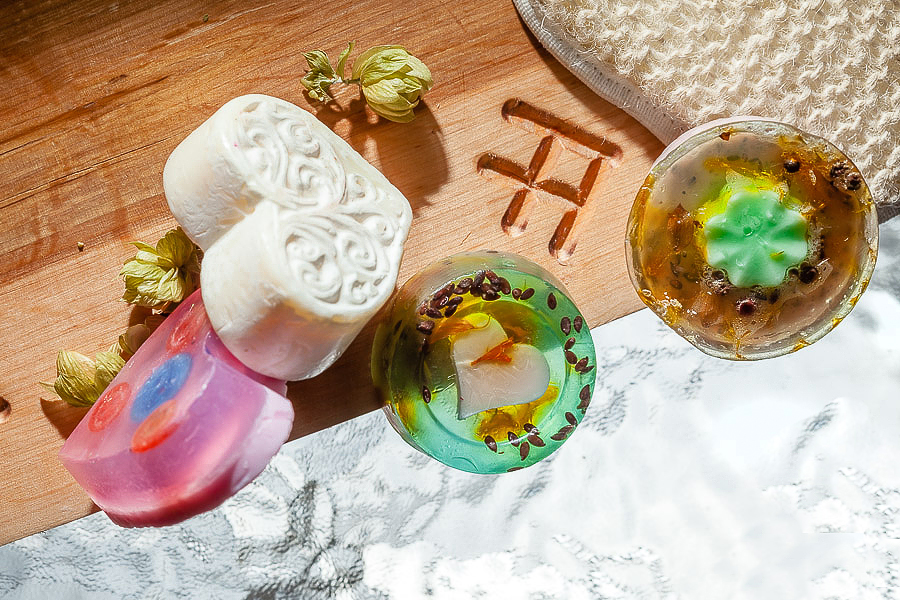Can you imagine a day without soap? Probably quite difficult. Although soap has been around for over 4500 years, it hasn’t always been as obvious a cleaner as it is today.
Sappo mountain
Legend has it that the soap is named after the Sappo hill near Rome. It was the site of an animal sacrifice. After the sacrifice, the animals were creamed. During this process, the hot fat dripped into the fire and mixed with the ashes. On one rainy day, the mixture of fat and ash flowed down into the Tiber River, where the women were washing their clothes. It was noted that the laundry washed close to the sacrificial site was much cleaner than that washed upstream.
A brief history of soap
In the old days, soap was made from animal fat, or seal fat on the coast and islands. Ash lime was added to the fat to make it soapy. Lye was made by mixing wood ash with hot water and letting it stand for several days. Later, soapstone was used instead of lye and bought from merchants. It is known that in the 10th century, in Castilla, Spain, soap was made from olive oil and perfumed with aromatic herbs to give the soap a good smell. The luxury of using soap in this way belonged only to the upper classes; ordinary people still used soap made from animal fat, if at all. Castille soap quickly spread to the rest of Europe’s upper classes. Many of Castille’s soap recipes are still in use and soaps made from them can be bought in small soap shops. In Estonia, the skill of making soap was probably acquired from the Germans in the Middle Ages. Soap-making was an art that was not to be watched by outsiders. In the early days, ready-made soap was so valuable that it was used only for washing the head. However, it was only about 150 years ago that soap became a common household detergent. Soap was still being made on farms and in households in the 1960s. However, soap production then shifted to large enterprises. Today, home soap making is popular again, as homemade soap is free of chemical compounds and is suitable for people with sensitive skin. There is a growing number of small soap producers, both in Estonia and around the world, and artisanal soaps offer considerable competition to shop soaps.

Why soap foams
Not all soaps lather! To make soaps lather better, special foaming agents are added to industrial soaps. SLS(Sodium Lauryl Sulphate). SLS makes soaps foam, but it is still considered to be an irritant and quite harmful additive. Of the natural ingredients, it is coconut oil that gives the soap its lathering properties. Soap lather is better at trapping dirt and grime, and the water washes it off your hands. So it’s good if it lathers, but it doesn’t need to lather too much.
A workshop on soap for the elderly
The soap workshop is one of Örreke’s first workshops. Making soap seemed exciting to us. During the first soap making sessions, we realised that it is also surprisingly easy and accessible for children. So we made our first soaps with our own children, then with our friends’ children and then in the children’s nursery and school. That was the beginning of Örrekse! But from my childhood I remember the terrible smell that filled my grandparents’ home when my grandfather was making soap. Children were not allowed in the soap-boiling room, as the cauldron was boiling with fiery fat and there was a corrosive substance nearby – soapstone. This may have been in the early 70s. I still have a couple of my grandfather’s boiled soap bars and keep them as memories! Children and adults alike love to make soap in the Ore Oreke workshops. There are two methods of making soap. The easiest is to use a ready-made soap paste and pour coloured and transparent soaps from it. The more complicated method is the old-fashioned way, i.e. using soapstone (HaOH) to soap up different fats and greases. In Örrekes’ workshops, we will make transparent and coloured soaps from ready-made soap paste. The ready-to-use soap mass used does not contain the harmful foaming agent SLS. On request, we also run old-fashioned soap making courses where we mix soap from different oils, fats and use soapstone for soaping. See Orreke’s soap making workshop here.
